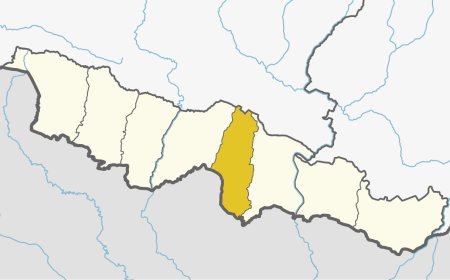Navigating the Virtual Classroom: The Rise of Virtual Reality in Education
Explore the transformative impact of virtual reality in education, from immersive learning experiences to improved outcomes. Discover the benefits, challenges, and future potential of VR technology in classrooms.

In recent years, the integration of virtual reality (VR) technology into education has sparked a revolution in the way students learn and educators teach. From immersive historical reenactments to interactive science simulations, VR has the potential to transform traditional educational paradigms. In this article, we'll explore the burgeoning trend of VR in education, its benefits, challenges, and the future it promises.
Understanding Virtual Reality in Education
What is Virtual Reality?
Virtual reality refers to a computer-generated simulation of an environment that users can interact with in a seemingly real or physical way. Through the use of VR headsets and motion-tracking technology, users are transported to virtual worlds where they can explore, manipulate objects, and engage with digital content.
Virtual Reality in Education
In the realm of education, VR offers a dynamic platform for immersive learning experiences. Unlike traditional teaching methods, which often rely on textbooks and lectures, VR allows students to actively participate in their learning process, enhancing comprehension and retention.
The Benefits of Virtual Reality in Education
Enhanced Engagement
One of the most significant advantages of VR in education is its ability to captivate students' attention and promote active engagement. By providing immersive experiences, VR stimulates multiple senses, making learning more enjoyable and memorable.
Improved Learning Outcomes
Studies have shown that immersive VR experiences can lead to improved learning outcomes. For example, in a virtual science lab, students can conduct experiments without the constraints of physical materials or safety concerns, leading to a deeper understanding of scientific concepts.
Accessibility and Inclusivity
VR also holds promise for making education more accessible and inclusive. For students with disabilities or those who face barriers to traditional learning environments, VR can provide alternative pathways to education. Additionally, VR can transport students to distant locations or historical periods, enabling them to explore new worlds and cultures from the comfort of their classroom.
Real-World Applications
Beyond traditional subjects, VR has applications across a wide range of disciplines. For example, medical students can practice surgical procedures in a virtual operating room, while history students can witness historical events unfold in immersive reenactments. By simulating real-world scenarios, VR prepares students for future careers and fosters critical thinking skills.
Challenges and Considerations
Cost and Accessibility
One of the main challenges facing the widespread adoption of VR in education is cost. VR headsets and software can be expensive, making it difficult for schools with limited budgets to implement VR programs. Additionally, access to high-speed internet and compatible devices may pose barriers for students in underserved communities.
Content Development
Another challenge is the development of high-quality VR content tailored to educational objectives. Creating immersive learning experiences requires expertise in both education and technology, and the process can be time-consuming and resource-intensive.
Ethical and Safety Concerns
As with any emerging technology, VR raises ethical and safety concerns that must be addressed. For example, there are questions about data privacy, particularly when it comes to collecting and storing students' biometric data. Additionally, prolonged use of VR headsets may cause discomfort or motion sickness for some users.
The Future of VR in Education
Despite these challenges, the future of VR in education looks promising. As the technology becomes more affordable and accessible, we can expect to see a proliferation of VR-enabled classrooms and learning experiences. Moreover, advancements in artificial intelligence and augmented reality will further enhance the capabilities of VR, opening up new possibilities for personalized learning and collaboration.
In conclusion, virtual reality has the potential to revolutionize education by providing immersive, engaging, and inclusive learning experiences. While there are challenges to overcome, the benefits of VR far outweigh the drawbacks. By harnessing the power of VR, educators can inspire curiosity, creativity, and lifelong learning in students across the globe.
What's Your Reaction?





































































































